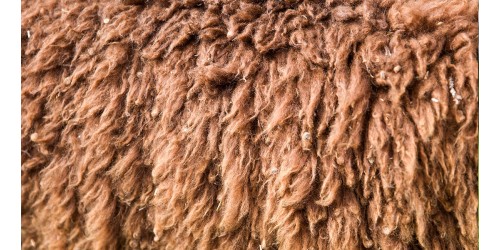The story behind alpaca wool

Alpaca wool has a fascinating history that dates back thousands of years in the South American Andes. Alpacas, which are close relatives of llamas, have been bred by indigenous peoples of South America for over 6,000 years for their meat, hides, and, of course, their wool.
The first archaeological evidence of alpaca domestication dates back to the pre-Columbian period in Peru, over 5,000 years ago. Indigenous peoples of the Andes discovered that alpaca wool was highly valuable due to its softness, durability, and ability to retain heat. Alpaca wool was used to make high-quality clothing and other textiles, which were highly prized in Andean culture.
During the Inca Empire, alpaca wool became a very valuable resource. Inca emperor Pachacútec ordered the creation of a law requiring each family to raise a minimum number of alpacas to ensure the supply of high-quality wool. Laws were also established regulating the use of different types of wool and the creation of high-quality textiles.
After the Spanish conquest of South America in the 16th century, alpaca wool began to be exported to Europe, where it became a very popular fashion material. Alpaca wool was used by many famous fashion designers, including Coco Chanel, who created a well-known alpaca jacket in the 1920s.
Today, alpaca wool is still valued for its quality and softness. Most alpacas are raised in the Andes, although they can also be found in other countries such as Australia, New Zealand, and the United States. Alpaca wool is highly valued in fashion and is used to make high-quality clothing, such as sweaters, scarves, and hats.
In short, the history of alpaca wool is a story of innovation and perseverance. From its discovery in ancient Andean culture to its export to Europe and its popularity in today's fashion, alpaca wool has been valued for thousands of years for its softness, durability and ability to retain warmth. The history of alpaca wool is a testament to the human ability to discover and harness natural resources to create something beautiful and functional.


